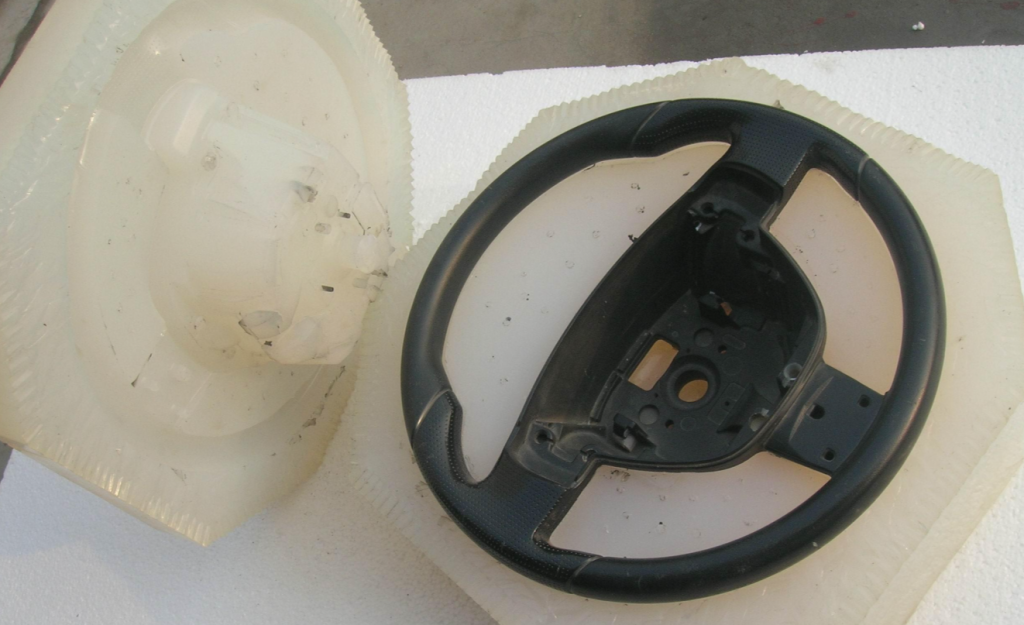In our prototype industry, casting is one of the prototype processing methods, mainly used for small batch prototype production, its advantages are fast time, low cost, has a very good market competitive advantage, do casting prototype materials are ABS, PP, PC, acrylic, soft rubber and silicone rubber, etc., what are the production processes of casting prototypes:
Before making the silicone mold, you need to make an original version, which can be made by CNC processing or 3D printing, and start to make the silicone mold, and the silicone and the curing agent are mixed evenly. The appearance of the mold silicone is a flowing liquid, the A component is the silicone gel, and the B component is the curing agent.
Vacuum bubble treatment: after the silica gel and the curing agent are stirred evenly, the vacuum bubble process is carried out, the vacuum time should not be too long, under normal circumstances, do not exceed ten minutes, the vacuum time is too long, the silica gel will be cured immediately, resulting in a cross-linking reaction, so that the silica gel becomes a piece of silica gel, and cannot be brushed or poured.
Brushing or operation process: Evacuate the silicone that has been drained of air bubbles by brushing or pouring. Pour on top of the product (Note: The product or model to be copied before pouring the silicone must be filled with a release agent or release agent). Then the silicone is brushed on the product, the brushing must be even, and a layer of gauze fiber weft cloth is pasted after 30 minutes to increase the strength and tensile force of the silicone.
The production of the outer mold: the general method and material used is to surround the mold, enclose it with a rubber board or wooden board, and fill the mold cabinet with gypsum.

The operation method of filling mold or pouring mold: filling mold or pouring mold is used for relatively smooth or simple products, there is no mold line to save labor and time, that is, you want to copy the product or model, the vacuum of silicone directly poured into the product, after the silica gel is dried and formed, take out the product.